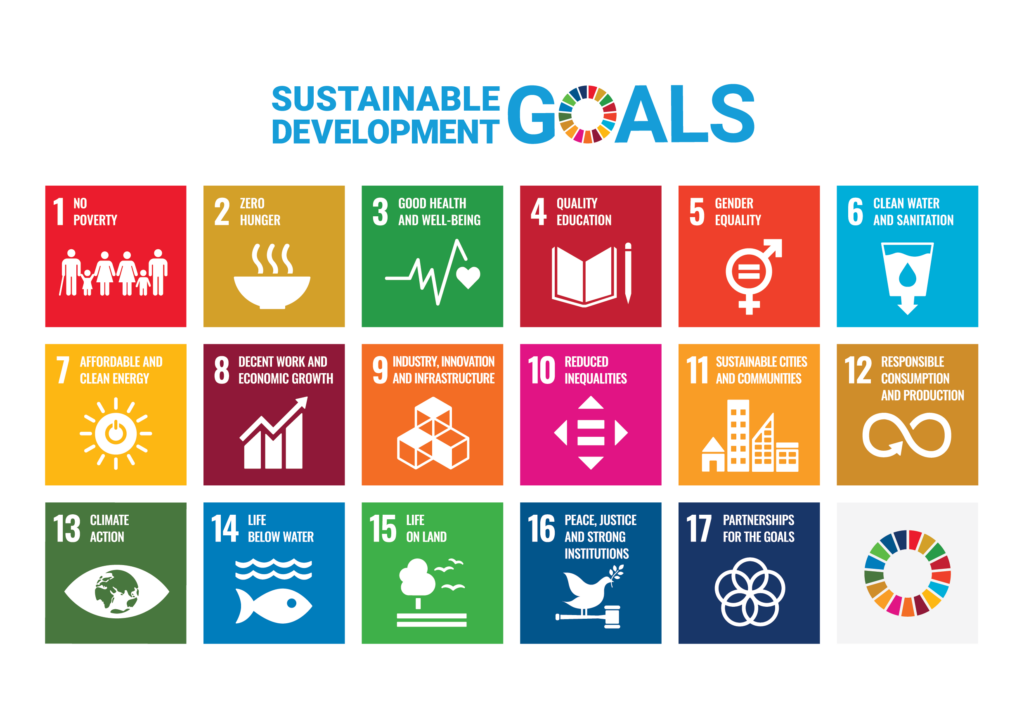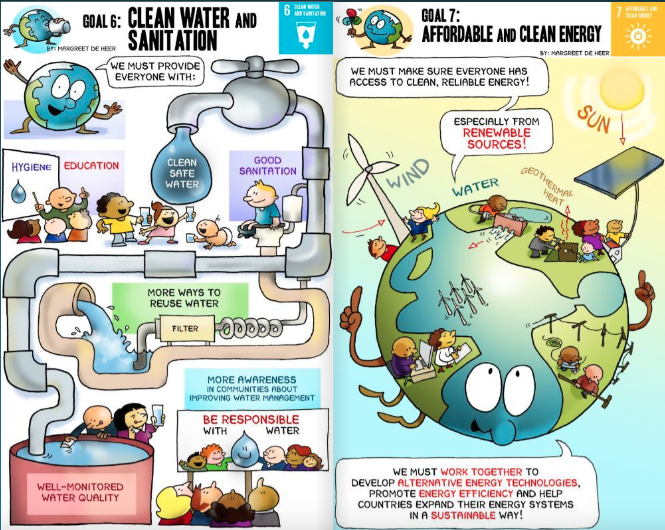Eight years ago, the United Nations set an ambitious agenda for change on a global scale: the Sustainable Development Goals (SDGs). These 17 goals aim to create a sustainable and equitable future for all, addressing issues related to wealth, health, education, work, justice, sustainability, and protection for the natural world.
Worth fighting for, I’m sure you’d agree. But why should teachers of English be concerned about the SDGs? The answer lies in educators’ potential impact on shaping their learners’ values and behaviors. Teachers of English in particular are in a position to incorporate global issues and sustainable development into their lessons, inspiring students to become active global citizens, equipped to tackle the challenges we face.

Here are five reasons the SDGs should be on the ELT radar.
1. English is a global language
English, as the most widely spoken language worldwide (over two billion speakers ), is the primary medium of communication in international contexts, including development, diplomacy, science, and even protest. A prime example of this can be seen in the work of National Geographic Explorers, many of whom use English as a second or third language, who promote a better understanding of our world through science and the arts.
By teaching English through the lens of sustainable development, we prepare our learners to participate in these global conversations, equipping them with the communication skills necessary to engage with people from diverse backgrounds and work towards common goals.
2. The SDGs promote interdisciplinary learning
The SDGs are a holistic framework, addressing a wide range of interdependent issues. As such, they provide an opportunity for teachers to integrate subjects like science and social studies with English. Teachers of CLIL and ESP classes, as well as general English, can use the SDGs to encourage collaboration on real-world problems that require creative and critical thinking.
3. The SDGs promote empathy and global citizenship
The SDGs are fundamentally about creating a more just and equitable world, where all people have the opportunity to thrive. Through the SDGs, teachers can help learners of all ages develop a sense of global citizenship, and foster an appreciation for diverse cultures, perspectives, and experiences. By exploring the impact of global issues on people everywhere, learners can reflect on their own values and attitudes and find ways to make a difference.
4. The SDGs encourage a solutions-oriented approach to difficult topics.
In a British Council publication on integrating SDGs creatively in the classroom, Margit Szesztay asks: ‘How can I engage my learners in meaningful discussion of issues that really matter while staying positive and not feeling weighed down by all the problems of the world?’ Addressing topics like poverty and climate breakdown sounds gloomy, but many resources available for teachers who want to incorporate sustainable development into their lessons, such as the Voices Projects series, adopt a positive, goal-centered approach with outcomes that are at once student-centered, personalized, achievable, and constructive.
5. We can still avoid the catastrophic consequences of failing to achieve the SDGs!
Greta Thunberg addressed the World Economic Forum in 2019: “I want you to act as you would in a crisis. I want you to act as if our house is on fire. Because it is.” When there is an emergency, everything you do needs to be geared towards ending the emergency; it takes precedence over everything else. As teachers of English, then, we need to ensure our lessons contribute, even if only in a small way, to ending the social and environmental crises that the SDGs tackle. It’s not too late!
So, how to start?
Here is a procedure based on a lesson from a great bank of resources by UNICEF and UNESCO called the World’s Largest Lesson. Adapt it for your learners, whether young learners, teenagers, or adults.
- Put learners in small groups. Have them make a list of ten of the biggest issues facing humanity.
- Introduce the SDGs to the class. Use the global goals poster shown at the top of this post to explain them. Ask learners to compare their lists with the 17 SDGs.
- Assign pairs or small groups one SDG each. Source appropriate texts online; for example, these comics are an excellent way for children and adults alike. Let them read about it, then have them present it to the class.
- Put the learners in larger groups. Have them imagine that they are the national government. Tell them to discuss which three SDGs to prioritize for the country.
- Invite each government to the front of the class to present their priorities and explain why they have chosen these issues.
- Finally, hold a class vote for the most important SDG. Each learner writes their top three SDGs on a slip of paper. Collect and tally the votes. Announce the class’s top three SDGs.
- Use the links in this blog post to plan future lessons about the SDGs the learners have prioritized. This is just the beginning!

In the next blog post, we’ll take a look at project-based learning, and how we can explore ways to address the SDGs in and outside the classroom.



Insightful ideas raised. I wish that a sample lesson plan was given on an aspect of English language relating it to one or more SDD goals.
Greetings Daniel,
I’m 1/1500 of the SDG14 Ocean Ambassadors Corp
I am seeking English as 2nd language using SDGs their challenges, targets, solutions, desired hope filled solutions as positive content, providing some HOPE in LDC, for K to Adult, full teacher student curriculum. UN, Nat Geo, who is leading the development in as many popular languages currently? Any links, advice, contacts other than following your obvious guru status sage advice, what who or how might we help SDG17 this?